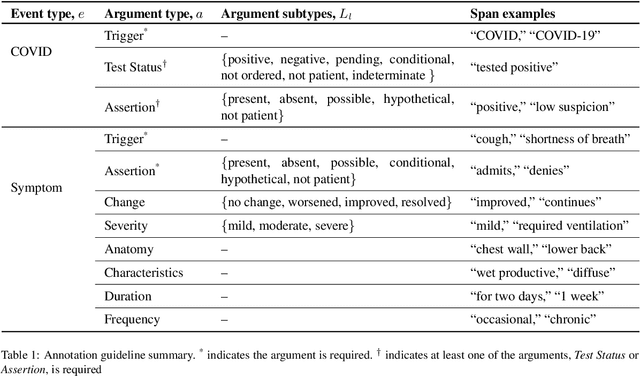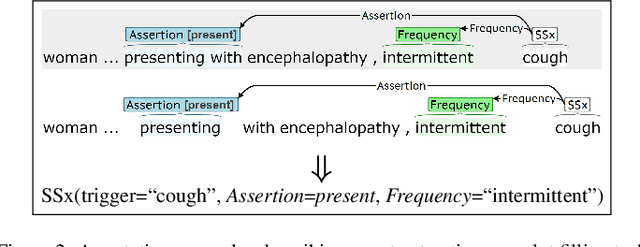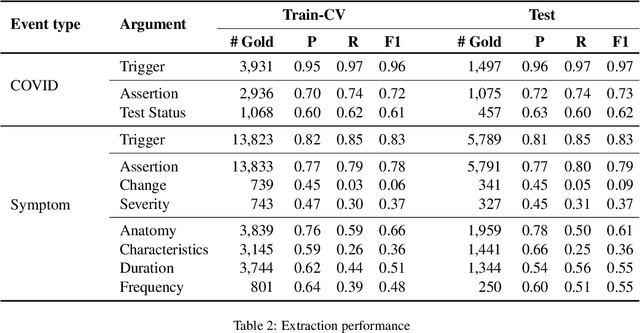Matthew Thompson
Combined fluorescence and photoacoustic imaging of tozuleristide in muscle tissue in vitro -- toward optically-guided solid tumor surgery: feasibility studies
Oct 31, 2025Abstract:Near-infrared fluorescence (NIRF) can deliver high-contrast, video-rate, non-contact imaging of tumor-targeted contrast agents with the potential to guide surgeries excising solid tumors. However, it has been met with skepticism for wide-margin excision due to sensitivity and resolution limitations at depths larger than ~5 mm in tissue. To address this limitation, fast-sweep photoacoustic-ultrasound (PAUS) imaging is proposed to complement NIRF. In an exploratory in vitro feasibility study using dark-red bovine muscle tissue, we observed that PAUS scanning can identify tozuleristide, a clinical stage investigational imaging agent, at a concentration of 20 uM from the background at depths of up to ~34 mm, highly extending the capabilities of NIRF alone. The capability of spectroscopic PAUS imaging was tested by direct injection of 20 uM tozuleristide into bovine muscle tissue at a depth of ~ 8 mm. It is shown that laser-fluence compensation and strong clutter suppression enabled by the unique capabilities of the fast-sweep approach greatly improve spectroscopic accuracy and the PA detection limit, and strongly reduce image artifacts. Thus, the combined NIRF-PAUS approach can be promising for comprehensive pre- (with PA) and intra- (with NIRF) operative solid tumor detection and wide-margin excision in optically guided solid tumor surgery.
kabr-tools: Automated Framework for Multi-Species Behavioral Monitoring
Oct 02, 2025Abstract:A comprehensive understanding of animal behavior ecology depends on scalable approaches to quantify and interpret complex, multidimensional behavioral patterns. Traditional field observations are often limited in scope, time-consuming, and labor-intensive, hindering the assessment of behavioral responses across landscapes. To address this, we present kabr-tools (Kenyan Animal Behavior Recognition Tools), an open-source package for automated multi-species behavioral monitoring. This framework integrates drone-based video with machine learning systems to extract behavioral, social, and spatial metrics from wildlife footage. Our pipeline leverages object detection, tracking, and behavioral classification systems to generate key metrics, including time budgets, behavioral transitions, social interactions, habitat associations, and group composition dynamics. Compared to ground-based methods, drone-based observations significantly improved behavioral granularity, reducing visibility loss by 15% and capturing more transitions with higher accuracy and continuity. We validate kabr-tools through three case studies, analyzing 969 behavioral sequences, surpassing the capacity of traditional methods for data capture and annotation. We found that, like Plains zebras, vigilance in Grevy's zebras decreases with herd size, but, unlike Plains zebras, habitat has a negligible impact. Plains and Grevy's zebras exhibit strong behavioral inertia, with rare transitions to alert behaviors and observed spatial segregation between Grevy's zebras, Plains zebras, and giraffes in mixed-species herds. By enabling automated behavioral monitoring at scale, kabr-tools offers a powerful tool for ecosystem-wide studies, advancing conservation, biodiversity research, and ecological monitoring.
Optimizing Image Capture for Computer Vision-Powered Taxonomic Identification and Trait Recognition of Biodiversity Specimens
May 22, 2025Abstract:Biological collections house millions of specimens documenting Earth's biodiversity, with digital images increasingly available through open-access platforms. Most imaging protocols were developed for human visual interpretation without considering computational analysis requirements. This paper aims to bridge the gap between current imaging practices and the potential for automated analysis by presenting key considerations for creating biological specimen images optimized for computer vision applications. We provide conceptual computer vision topics for context, addressing fundamental concerns including model generalization, data leakage, and comprehensive metadata documentation, and outline practical guidance on specimen imagine, and data storage. These recommendations were synthesized through interdisciplinary collaboration between taxonomists, collection managers, ecologists, and computer scientists. Through this synthesis, we have identified ten interconnected considerations that form a framework for successfully integrating biological specimen images into computer vision pipelines. The key elements include: (1) comprehensive metadata documentation, (2) standardized specimen positioning, (3) consistent size and color calibration, (4) protocols for handling multiple specimens in one image, (5) uniform background selection, (6) controlled lighting, (7) appropriate resolution and magnification, (8) optimal file formats, (9) robust data archiving strategies, and (10) accessible data sharing practices. By implementing these recommendations, collection managers, taxonomists, and biodiversity informaticians can generate images that support automated trait extraction, species identification, and novel ecological and evolutionary analyses at unprecedented scales. Successful implementation lies in thorough documentation of methodological choices.
Extracting COVID-19 Diagnoses and Symptoms From Clinical Text: A New Annotated Corpus and Neural Event Extraction Framework
Dec 02, 2020



Abstract:Coronavirus disease 2019 (COVID-19) is a global pandemic. Although much has been learned about the novel coronavirus since its emergence, there are many open questions related to tracking its spread, describing symptomology, predicting the severity of infection, and forecasting healthcare utilization. Free-text clinical notes contain critical information for resolving these questions. Data-driven, automatic information extraction models are needed to use this text-encoded information in large-scale studies. This work presents a new clinical corpus, referred to as the COVID-19 Annotated Clinical Text (CACT) Corpus, which comprises 1,472 notes with detailed annotations characterizing COVID-19 diagnoses, testing, and clinical presentation. We introduce a span-based event extraction model that jointly extracts all annotated phenomena, achieving high performance in identifying COVID-19 and symptom events with associated assertion values (0.83-0.97 F1 for events and 0.73-0.79 F1 for assertions). In a secondary use application, we explored the prediction of COVID-19 test results using structured patient data (e.g. vital signs and laboratory results) and automatically extracted symptom information. The automatically extracted symptoms improve prediction performance, beyond structured data alone.
 Add to Chrome
Add to Chrome Add to Firefox
Add to Firefox Add to Edge
Add to Edge